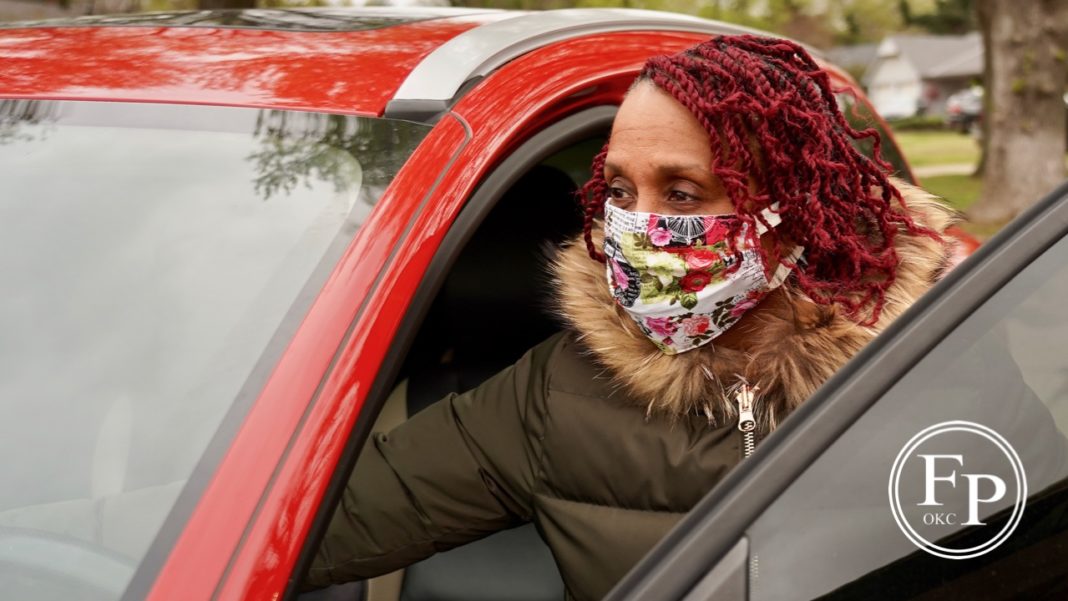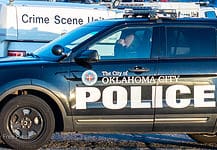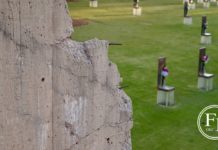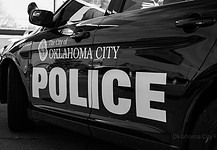Last Updated on April 3, 2020, 7:21 PM | Published: April 3, 2020
Friday the Centers for Disease Control (CDC) changed guidelines regarding mask usage by the general public, moving to a model that recommends that Americans voluntarily wear a non-medical cloth mask when in public.
Shifting priorities
Since the very beginning of the outbreak, both the CDC and local health departments have advised mask use only for healthcare workers and individuals who are sick or who are caring for someone with COVID-19 who cannot wear a mask on their own.
One reason behind this advice was that PPE (personal protective equipment) like masks have been in short supply. Hospitals are already running low to the point that one time use masks are being used for a full week or longer.
The other major reason is that a mask used imperfectly is almost the same as no mask at all.
Some studies show that wearing masks along with handwashing can reduce infection rates. But, without handwashing, they have been unable to find a significant reduction in infection rates with mask wearing alone.
Hand washing and social distancing are the best ways to avoid infection and social distancing is the best way to limit spread according to the CDC.
Even with no symptoms
COVID-19 can be passed by people who are not showing symptoms and this may be the reason new guidelines are being considered.
Unlike other pandemics like Ebola where you have to be in close contact with someone who is sick to get infected, COVID-19 can be passed by people who do not even know they are sick.
Since essential businesses like grocery stores must remain open the solution may be for everyone to wear a mask when they are on necessary trips outside of the house.
In a meeting with a group of reporters Monday, KOKH reports that Dr. Drevets, an infectious disease doctor with OU Medical Center, said “the virus can live on surfaces like stainless steel for two days or so. Most people will become infected from person to person spread.”
Social distancing works
While a definitive answer is hard to find, mostly owing to studies having small sample sizes and information specifically about the spread of COVID-19 is still being collected, there are a few things we do know.
We know that social distancing works. Staying at least six feet from others, not leaving the house unless it’s necessary like getting groceries for the week or picking up your prescriptions, are the main ways we can limit spread.
It is especially important that everyone make these changes, because germs can be spreading COVID-19 before symptoms become apparent to the carrier. And, the virus is very easy to catch.
For example, just one choir practice was enough to infect 45 of 121 choir members and kill two.
Reduce risk
According to World Health Organization (WHO) guidelines, before putting on a mask wash your hands. Make sure the mask fits smoothly against your face with no gaps. Don’t touch the mask or your face again until you after ready to remove the mask, then wash your hands again after doing so. Cloth masks need to be sanitized between uses.
Remember that COVID-19 can be transmitted even when the carrier is not having symptoms, so the best way to protect yourself and your community is to stay home as much as possible, wash hands frequently, and make as few trips as possible and then only for essentials.
At Thursday’s Whitehouse Coronavirus Task Force briefing, Dr. Deborah Birx clarified concerns about the change in recommendations.
“The most important thing is the social distancing and washing your hands,” Birx said. “And we don’t want people to get an artificial sense of protection because they’re behind a mask. Because if they’re touching things — remember your eyes are not in the mask — so if you’re touching things and then touching your eyes you’re exposing yourself in the same way.”
If you do choose to make and wear your own mask, be sure that it fits properly, that you are keeping it clean, and that you stick to your current hand washing and social distancing routines.
Reporter covering the intersection of local politics and Oklahoma families. || Intellectual magpie, and hoarder of datasets. I ❤️ OKC. || When not writing Joey can be found researching light pollution in Oklahoma and visiting Oklahoma schools with her portable planetarium.










